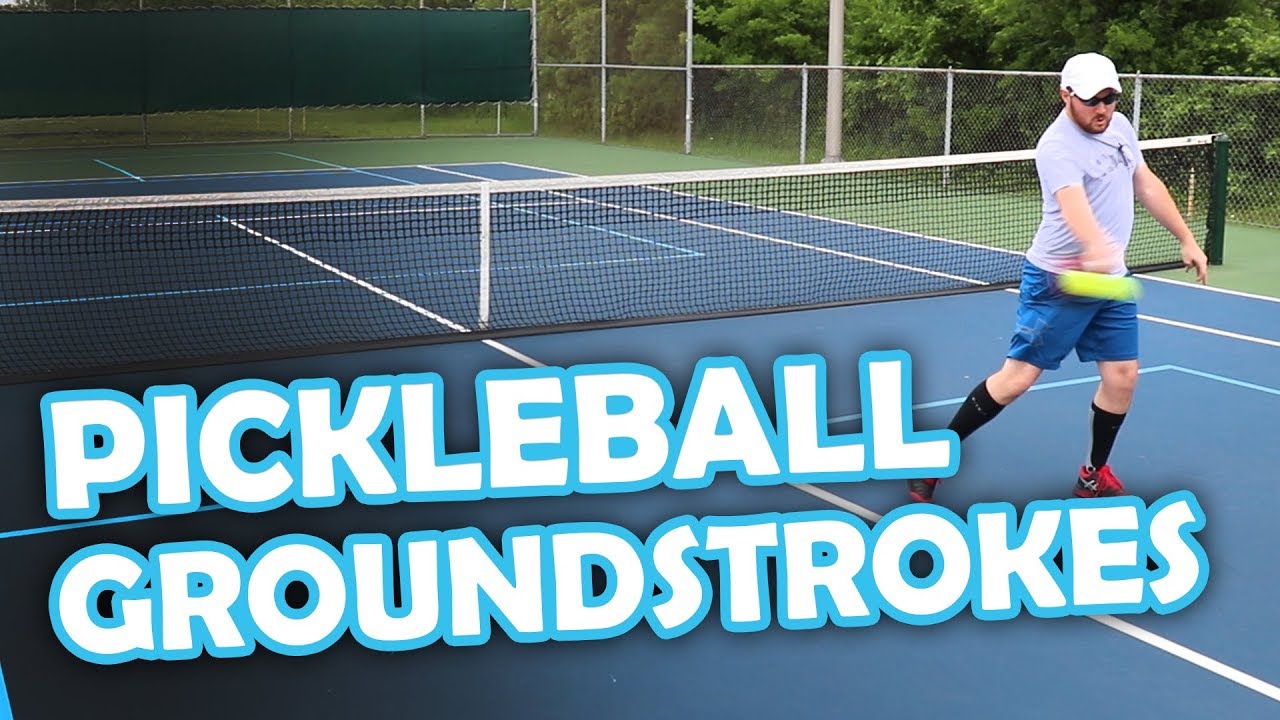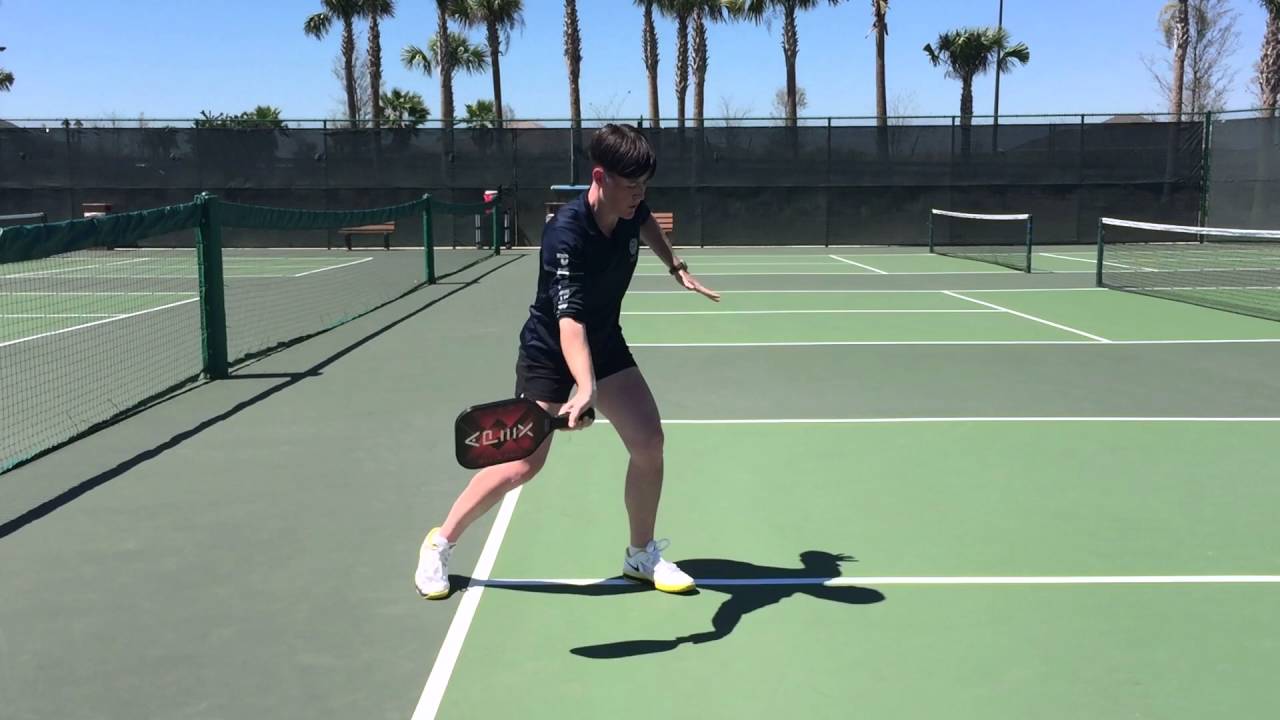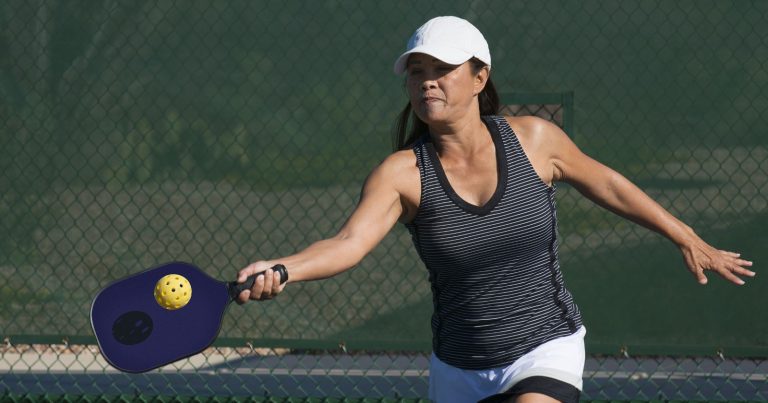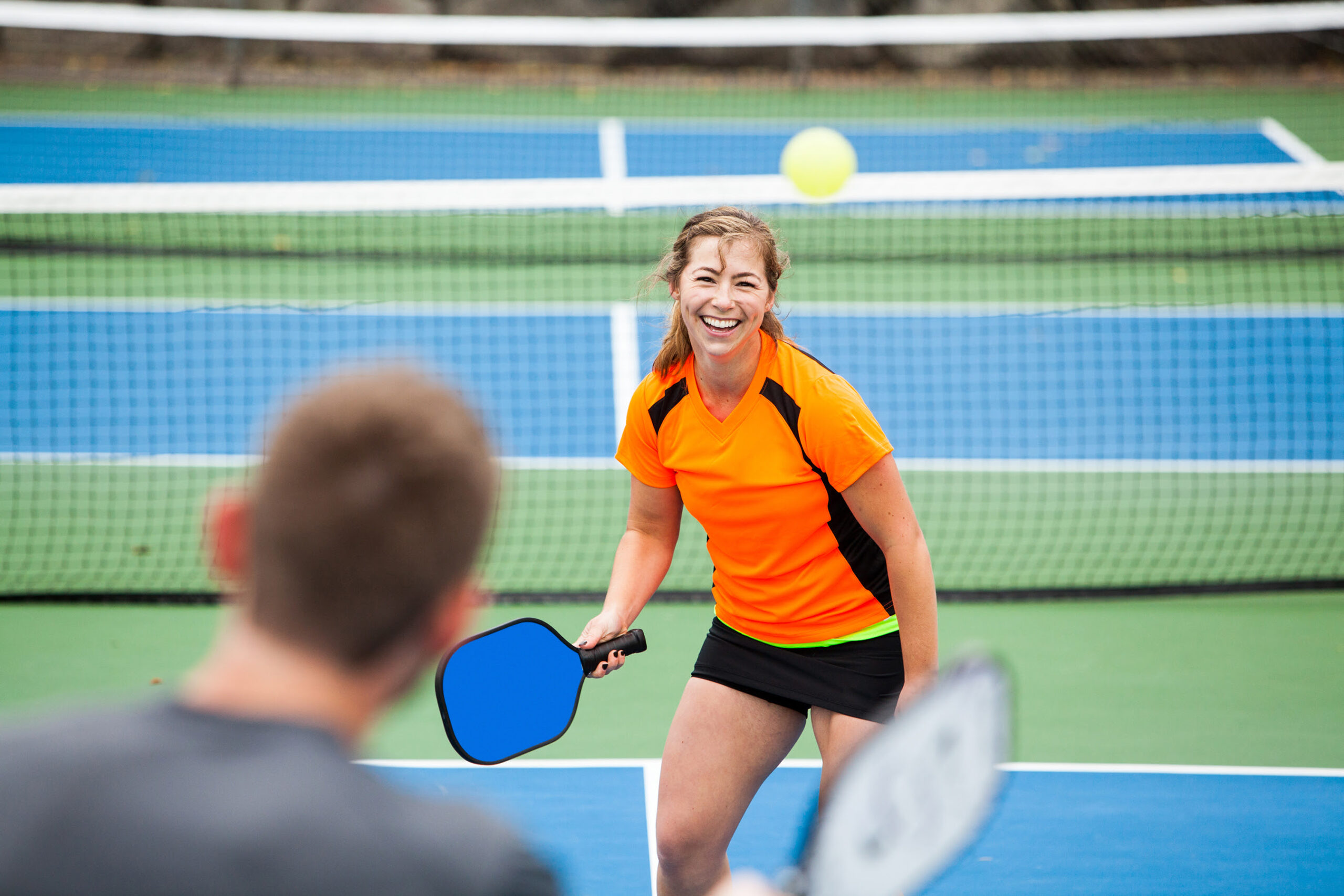Pickleball groundstrokes: Building a solid foundation for success
Pickleball groundstrokes, the shots executed within the baseline, form the backbone of a solid pickleball game. As the game continues to grow in popularity, mastering these fundamental shots becomes crucial not only for controlling the pace of play but also for setting up scoring opportunities against your opponents. While it may seem simple to strike the ball back and forth, the intricate mechanics and techniques required to execute a groundstroke effectively can transform your game from amateur to exceptional. In this comprehensive guide, we will delve into the essential elements of groundstrokes, offering insights, tips, and drills to help you cultivate powerful and consistent shots. Whether you are just starting out or looking to refine your skills, understanding and mastering groundstrokes is an exciting journey that can significantly enhance your overall performance on the court.

Understanding pickleball groundstrokes: Key elements and mechanics
To truly grasp the importance of groundstrokes, we must first break down the key components that contribute to a successful shot. The combination of grip, footwork, and swing mechanics serves as the building blocks for executing accurate and powerful strokes.

The grip: Finding the right hold for power and control
The way you hold your paddle is akin to the grip a painter uses to create their brushstrokes. In pickleball, there are two main grips for groundstrokes: the Eastern forehand grip and the Eastern backhand grip. The Eastern forehand grip, with your index finger pointing straight up the handle, allows for a natural and fluid motion akin to the familiar forehand in tennis. Conversely, the Eastern backhand grip requires a slight rotational adjustment, positioning your index finger closer to the 11 o’clock position, which enhances control during backhand shots.
In addition to these grips, experimenting with variations can help you fine-tune your shots. For instance, players may opt for a semi-western grip for enhanced topspin on their forehands. Understanding how different grips influence power and placement gives you the ability to navigate various game situations effectively.
Footwork and positioning: Optimizing your setup for effective shots
Footwork in pickleball serves as the foundation for your groundstrokes. A balanced stance, with feet shoulder-width apart and weight slightly forward, ensures that you are ready to react to any shot. Imagine a sprinter poised at the starting line; this kind of anticipation is key in pickleball. When receiving a shot, quick, short steps will allow you to maneuver into the ideal position to make your return.
The concept of a “ready” stance is crucial; after each shot, returning to this balanced posture equips you to respond swiftly to your opponent’s next move. Furthermore, for backhand shots, incorporating a crossover step can enhance your range and ensure that you are well-aligned to connect with the ball effectively.
The swing: Generating power and accuracy
The swing is where the magic happens; it’s both an art and a science. Begin with a short backswing, keeping the racket in front of your body. This controlled motion sets the stage for a powerful strike. As you initiate the swing, focus on transferring your weight from your back foot to your front foot. This body movement can be compared to a coiled spring releasing your energy at the right moment can significantly impact shot power.
To complete your swing, ensure that you swing through the ball with a smooth motion and keep your eye on the contact point. A high finish, where the racket comes up and over your shoulder, allows for better follow-through and adds both accuracy and spin to your shots. Developing these mechanics takes practice, but the reward is well worth the effort.
Key tips for improving your groundstrokes: Practical guidance for players
Having examined the foundational elements of groundstrokes, let’s dive into some practical tips that can help enhance your performance on the court. Improvement comes from consistent practice, technique refinement, and experimentation, so let’s explore these components in detail.

Practice makes perfect: Consistency and refinement
Just as an athlete trains daily to sharpen their skills, regular practice is paramount in developing a strong groundstroke. Engaging in focused drills not only enhances muscle memory but also boosts confidence when playing under pressure. A helpful exercise is to rally with a partner, focusing specifically on hitting the ball back to one another with controlled precision.
Additionally, utilizing a ball machine can provide consistent practice without the need for a playing partner. This machine can bow multiple configurations of groundstrokes, allowing you to concentrate on specific aspects of your swing and providing feedback on your timing and placement.
Focus on your technique: Mastering the fundamentals
To achieve success in pickleball, solidifying your technique is crucial. This involves breaking down each element of your groundstroke grip, stance, footwork, and swing. Video recording yourself while practicing can illuminate areas that need improvement. Look for aspects such as body positioning, weight distribution, and arm movement. Comparing your technique to instructional videos can also provide visual cues for what to strive for.
Incorporate feedback from instructors or experienced players in your community to identify blind spots that may go unnoticed during practice. The goal is not merely to hit the ball but to execute your shots with precision and intent.
Vary your groundstroke placement: Developing versatility and creativity
Lastly, generating a variety of groundstrokes is essential for outsmarting your opponents and keeping them on their toes. This diversity can be achieved through different shot styles, such as flat shots, topspin, and drop shots. Practicing topspin groundstrokes gives you the ability to launch deep shots that bounce high, while mastering slice shots can create deceptive angles that catch your opponent off guard.
Additionally, placing your groundstrokes whether down the line, cross-court, or into openings requires foresight and adaptability. Over time, experimenting with different placements can help you develop a broader tactical approach in games.
Advanced groundstroke techniques: Taking your game to the next level
As players gain a solid foundation in groundstrokes, they often seek advanced techniques to elevate their performance. Mastering these sophisticated shots can provide players with a competitive edge on the court.

The groundstroke return: Responding to your opponent’s shot
Returning a groundstroke is as nuanced as delivering one. Here, anticipation is key; players must predict their opponent’s intent to establish position effectively. Upon receiving a return shot, the focus should be on leveraging your previous footwork and swing techniques to react smartly. Understanding the nuances of your opponent’s style of play allows you to counter effectively. For instance, if facing a powerful drive, a quick adjustment followed by a controlled swing allows you to deflect the speed and return the ball with your intent.
The groundstroke lob: Creating height and disrupting opponents
Incorporating the lob into your arsenal can turn the tide of a game. This advanced shot creates height and travels over your opponent’s reach. To execute it effectively, timing your swing is critical. As the ball approaches, a relaxed grip combined with an upward wrist motion can help you achieve elevation while maintaining accuracy.
The groundstroke drop shot: Using deception and finesse
The drop shot is all about finesse and deception. Utilizing soft touch, this stroke can capitalize on moments when your opponent is positioned far from the net. The key is to disguise your intention; maintaining a similar windup as your regular groundstroke can trick your adversary. The objective is to land the shot just over the net, catching your opponent off guard as they sprint to react.
Conclusion
In summary, pickleball groundstrokes are the foundation of a strong and consistent game. By understanding their mechanics, practicing consistently, and experimenting with different techniques, you can develop groundstrokes that will help you control rallies, set up scoring opportunities, and dominate your opponents. Remember that improvement comes with time and effort; focus on your groundstrokes and watch your pickleball game elevate to new heights! The journey to mastering these fundamental shots not only enhances your skills but also magnifies the enjoyment of the game as you unlock your full potential on the court.
Resources
- YouTube: Search for “pickleball groundstroke tutorial” for many helpful videos.
- Pickleball clubs: Many local clubs offer classes and clinics.
- Pickleball websites: Websites like USA Pickleball provide resources and information specific to the sport.
